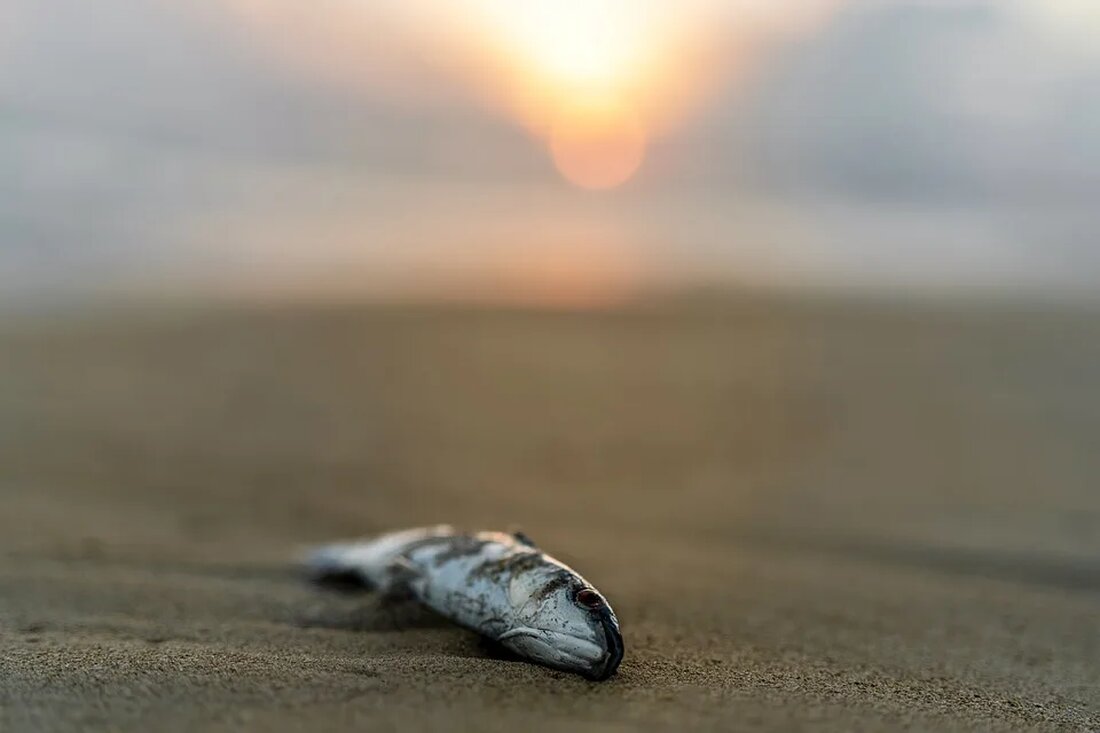Microplasty in oceans: an invisible danger
Microplastics in the oceans: An invisible danger Microplastics have unnoticed established themselves as a global environmental problem. It leads to serious ecological impacts, especially in our oceans. Its tiny size makes it difficult to detect and correspondingly difficult to combat. This article highlights the effects of microplastics in our oceans and attempts to identify possible solutions. What is microplastics? Microplastic is a collective term for various types of plastic particles that are smaller than 5mm. It can be divided into primary microplastics, which enter the environment directly in small form, and secondary microplastics, which are created by the breakdown of larger pieces of plastic. Primary microplastics are found in cosmetic products, for example...

Microplasty in oceans: an invisible danger
Microplastics in Oceans: An Invisible Danger
Microplastics have established itself as a global environmental problem unnoticed. It leads to serious ecological effects, especially in our oceans. Its tiny size makes it difficult to discover and difficult to combat it. This article illuminates the effects of microplastics in our oceans and tries to show possible solutions.
What is microplastics?
Microplastic is a collective term for various types of plastic particles that are smaller than 5mm. It can be divided into primary microplastics, which enter the environment directly in small form, and secondary microplastics, which are created by the breakdown of larger pieces of plastic.
Primary microplastics occur in cosmetic products or cleaning products, in the form of plastic particles that are often used as peelings or abrasives. Secondary microplastics are therefore created by the decomposition of larger plastic parts due to weather influences such as sunlight, mechanical stress or biological degradation.
How does microplasty get into the oceans?
Microplastics can end up in the oceans in a variety of ways. This often happens through entry into rivers, which carry it into the sea. Typical sources here are the improper disposal of plastic waste, sewage treatment plants and even abrasion from car tires. In addition, microplastics are released through the breakdown of large plastic waste in the sea. Here, the permanent mechanical stress caused by waves and currents as well as solar radiation ensures a continuous disintegration into smaller and smaller parts.
The effects of microplastics on the marine ecosystem
The effect of microplastics on the marine ecosystem is complex and affects different levels.
Influences on the sea fauna
The smallest sea creatures often ingest microplastics for food. Plankton is already affected by microplastics because it mistakes the particles for phytoplankton and ingests them. At higher levels of the food chain, microplastics are absorbed indirectly by eating plankton or other marine creatures contaminated with microplastics.
When animals ingest microplastics, it can cause physical damage, such as digestive tract injuries. Chemical damage is also possible, as microplastics often contain harmful additives that can accumulate in the animals' bodies. In addition, pollutants that have bound to microplastics can also enter the animals' organisms.
Influences on the marine ecosystem
Pollution of the seas with microplastics also leads to a fundamental disruption of marine ecosystems. Pollution of the water with floating plastic particles can change the light and heat ratio in the water and thus affect the living conditions for many organisms. In addition, microplastics can also influence the composition and dynamics of the sea surface and thus the living conditions for many marine organisms.
Solution approaches to microplastics in our oceans
Combating microplastic pollution requires comprehensive and multi -layered approaches.
Avoidance of microplastics
The most effective way to combat the pollution of the sea with microplastics is avoiding plastic waste. This includes reducing consumption and reuse of plastic products, as well as the disposal of plastic waste in a way that they do not get into the environment.
Cleaning the sea
Various physical cleaning approaches attempt to remove existing plastic waste from the oceans. However, this approach also presents challenges, as the removal of microplastics from the water body is technically very challenging and time-consuming.
Improving wastewater treatment
Improving wastewater treatment could also help reduce the entry of microplastics into the ocean. Here, special filter systems could effectively remove microplastics from wastewater.
Conclusion
Microplasty in oceans is an invisible danger, the consequences of which are still underestimated or overlooked. An integrated and sustainable strategy to combat this problem is necessary at both national and international level. Not only waste management and technology, but also the awareness and behavior of each individual plays an important role.
How serious the problem of microplasty pollution will be crucial for the health of our oceans, the organisms living in it and ultimately also for the well -being of humanity. Because the oceans are the largest habitat on our planet. Your health is inextricably linked to our own. It is high time that we face this invisible danger.

 Suche
Suche
 Mein Konto
Mein Konto
